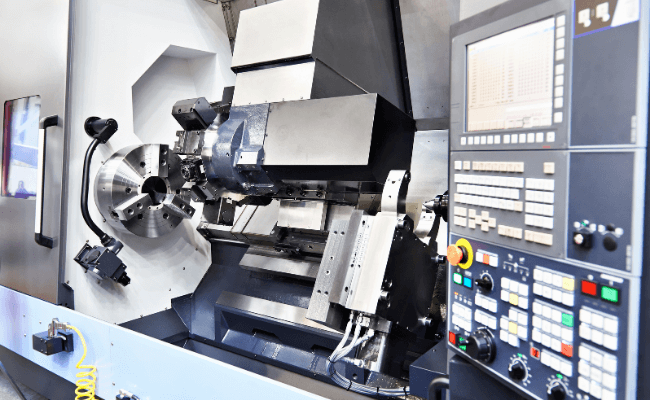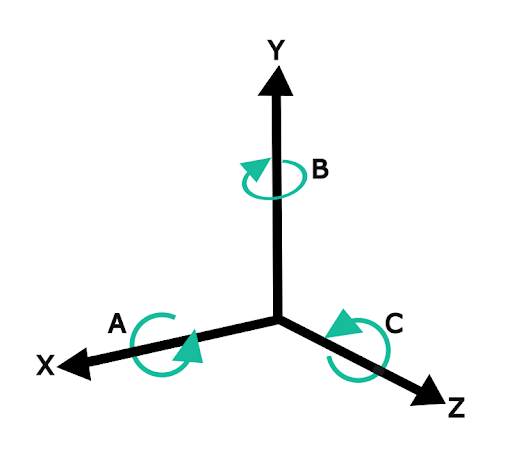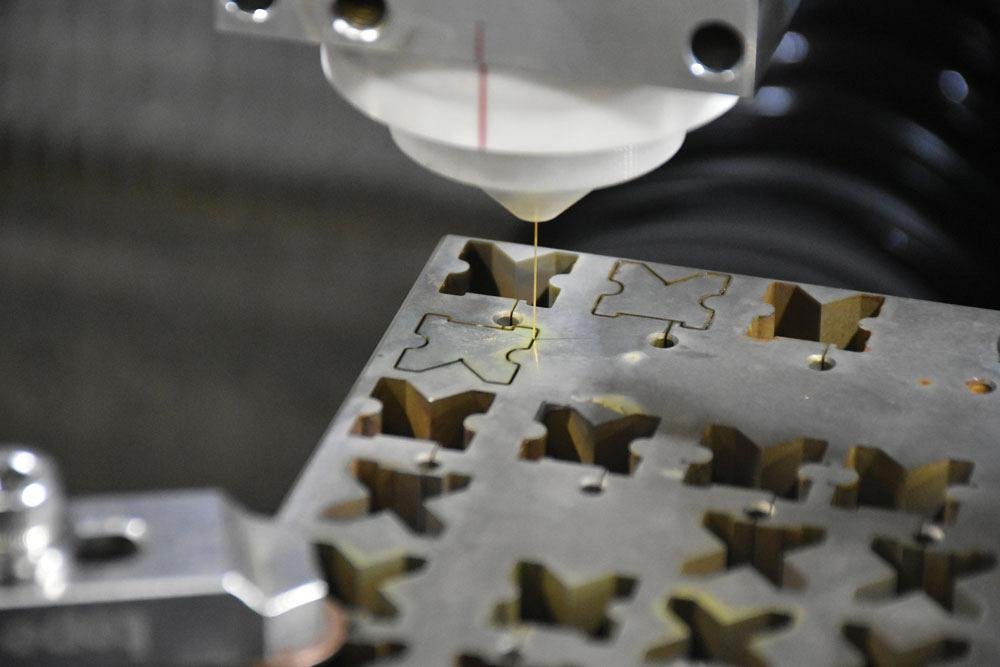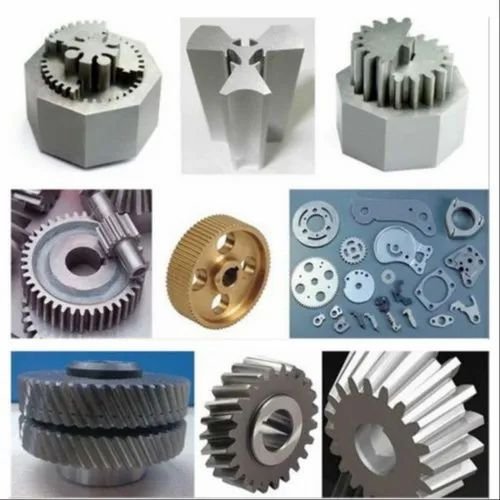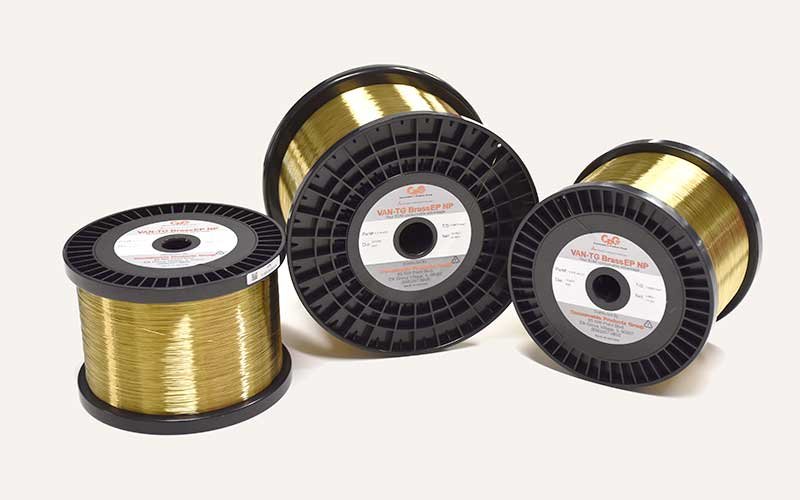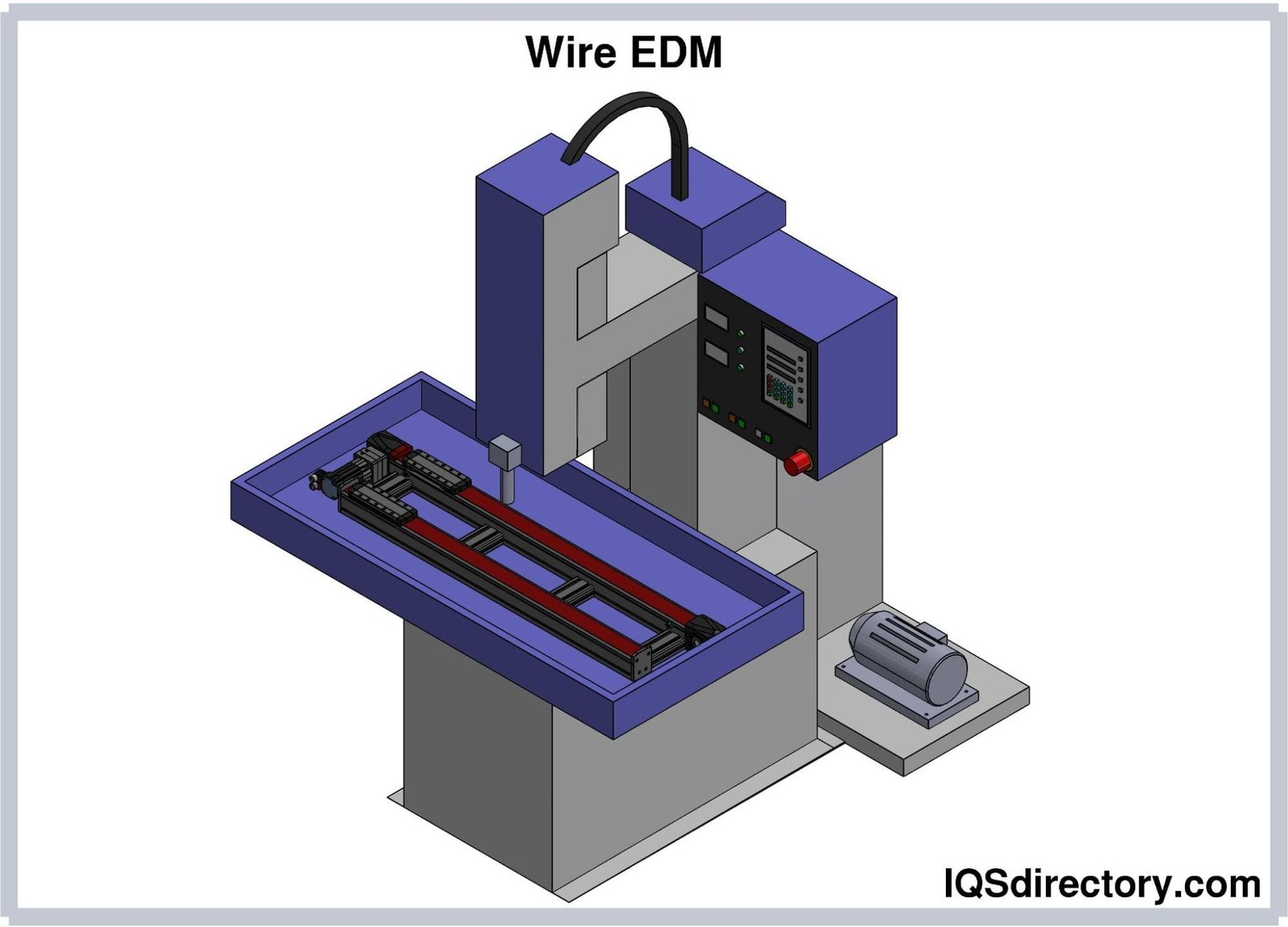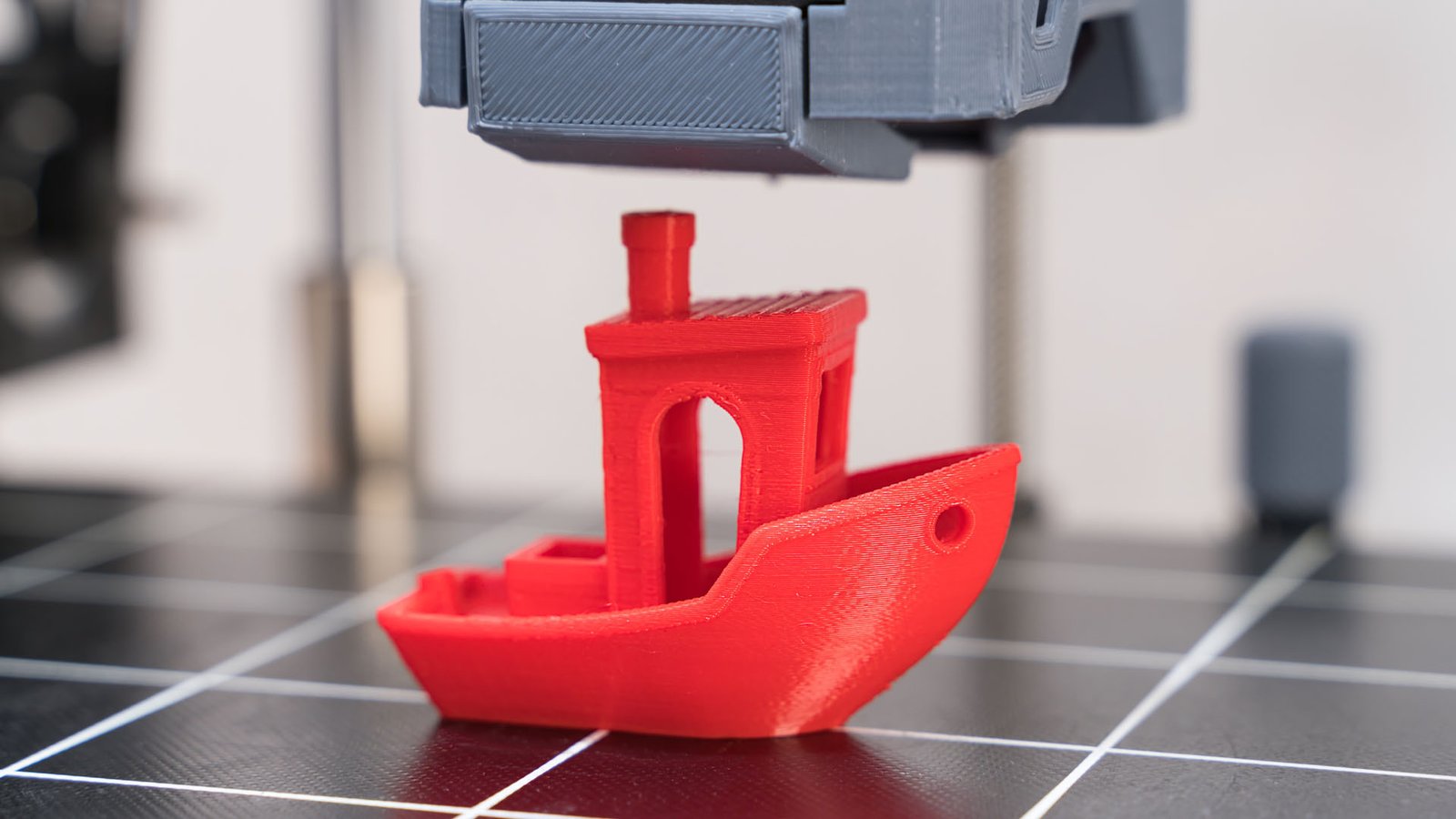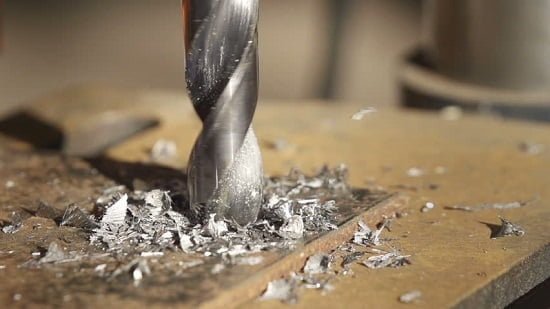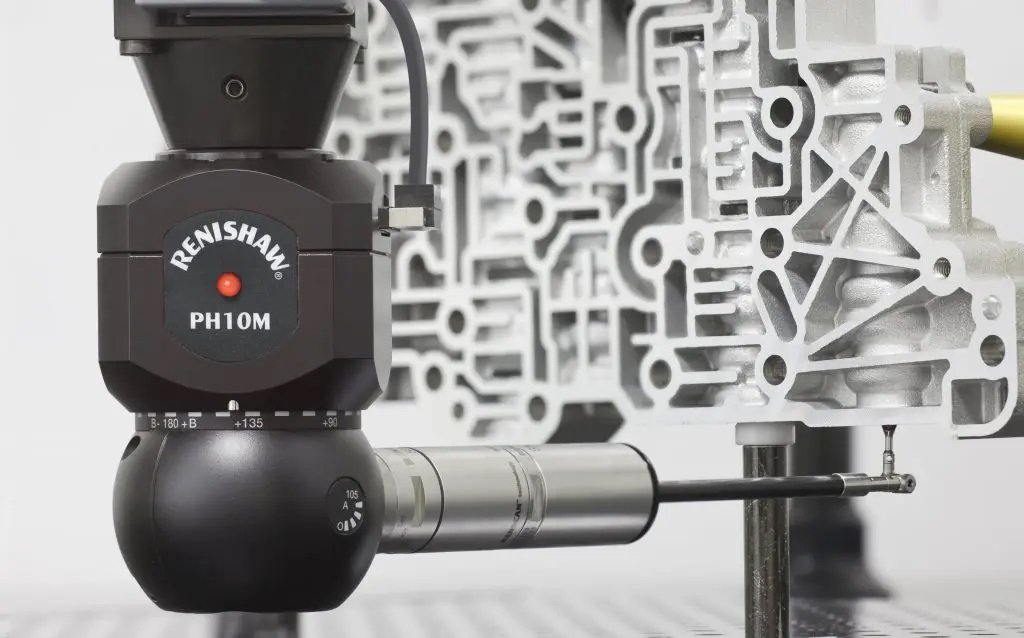What is CNC Turning process and machine and how it works
What is a CNC turning (CNC Lathe) Machine?
A CNC turning machine is one of the most commonly used devices in various industrial sectors, known for its diverse features and capabilities. CNC turning is a manufacturing process where bars of material are held in a chuck and rotated while a tool is fed to the piece to remove material, thus creating the desired shape. A turret-like structure with attached tools is programmed to move to the bar of raw material and remove material to create the planned result. This is also known as ‘subtractive machining’ because it involves the removal of material. If the center has both turning and milling capabilities, like in the above case, rotation can be stopped to allow the milling of other shapes.
CNC-based turning (Computer Numerical Control or the same CNC turning system) is a subtractive machining process where a cutting tool is placed against a rotating piece to remove material. This is usually done with a CNC lathe or a turning center, cutting materials including wood, metal, and plastic. This article covers different types of CNC lathes, their components, and what kind might be used for your next project.
Most subtractive CNC machines, like milling models, water jets, and plasma cutting, secure the workpiece on a solid bed and perform the cutting with a spinning tool. For cutting, the tool moves across the workpiece or a tool head shoots towards it. Conversely, CNC turning reverses this process by spinning the workpiece and cutting it (by moving a stationary cutting piece against the entire movement of the piece).
Types of CNC Lathes
CNC lathes come in various models on the market, each with distinct characteristics and technical features. One of the most important and key issues in choosing a CNC lathe is paying attention to the manufacturing technology and its technical specifications and features.
There are different types of CNC lathes, each suitable for various projects. The main difference between a CNC lathe and a conventional lathe is that a conventional lathe is typically limited to two axes for tooling, while a CNC lathe can have up to six machining axes and even options such as milling tools.
Horizontal CNC lathes are some of the most commonly used machines and have all the capabilities of a conventional lathe except that they are controlled by a computer and are primarily used for turning and boring.
Vertical CNC lathes hold the workpiece from below (instead of a side handle in the horizontal position) and spin it like a top. This is good for workshops with space limitations and when working on particularly firm and heavy workpieces.
Horizontal CNC turning systems, CNC enclosed lathes, integrate milling and drilling capabilities. A turning center can also include a tool turret, more tool axes, cooling fluid, a tailstock that detaches from the carriage, and sometimes a conveyor belt. Vertical turning centers are a combination of a horizontal turning center and a CNC mill.
What are the Advantages of Machining with a CNC Lathe?
CNC lathes are significantly superior to manual machining for several specific reasons:
Precision: Generally, one of the most important things about computers is that they have an incredibly high level of accuracy in operation.
Cost-Effectiveness: The cost of employing a person for manual machining of parts on a large scale is much more expensive than doing this job with a machine, as the machine does not get tired, does not need a lunch break, and theoretically can work 24/7.
Speed: CNC turning can produce hundreds and hundreds of pieces while maintaining a consistent final product.
Different Stages of CNC Turning
The process of turning with a CNC lathe is carried out in a fixed manner, where the machines must be able to advance the entire process up to threading. Firstly, the safety and proper functioning of the machine must be examined to avoid the risk of the machine failing mid-operation.
Straight turning, also known as cylindrical turning, reduces the diameter of the work in a uniform motion to prevent a change in the diameter of the cut. This is often considered a ‘relatively rougher’ operation that removes large amounts of material before reaching precise cuts. Taper turning creates a cylindrical shape whose diameter gradually decreases. Grooving is performed when a forming tool is pressed into the workpiece to create a narrow cavity.
Parting is used for a deep plunge into the piece to remove a complete part from the main piece. Drilling involves making a structure in a material by cutting a toothed pattern into the material. This is usually done with materials that need additional gripping. Threading is done by cutting in a helical path to create grooves that can be screwed onto other objects.
Latest Articles in your inbox
Subscribe to our newsletter to get the newest manufacturing and industrial services articles in your inbox once a week.

